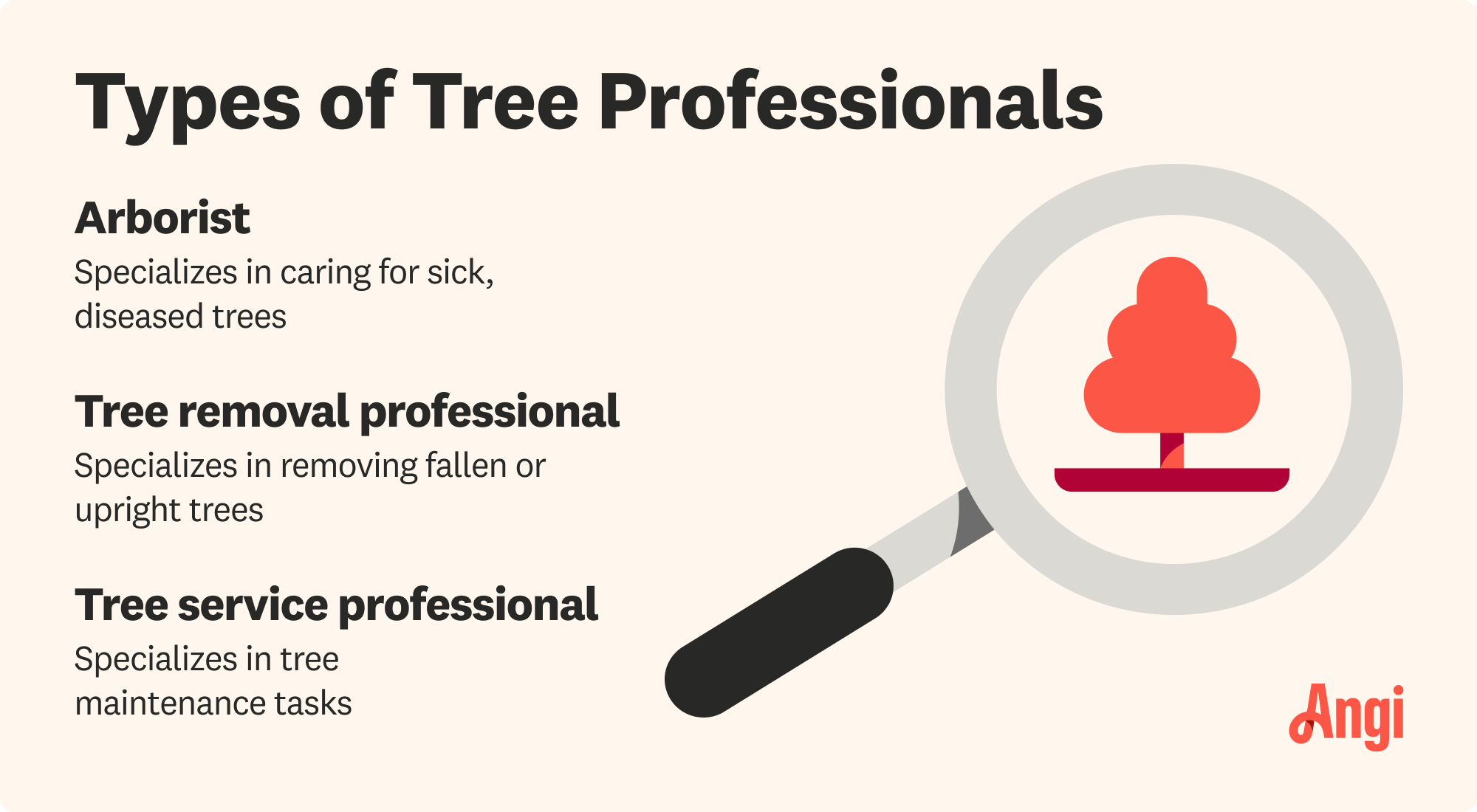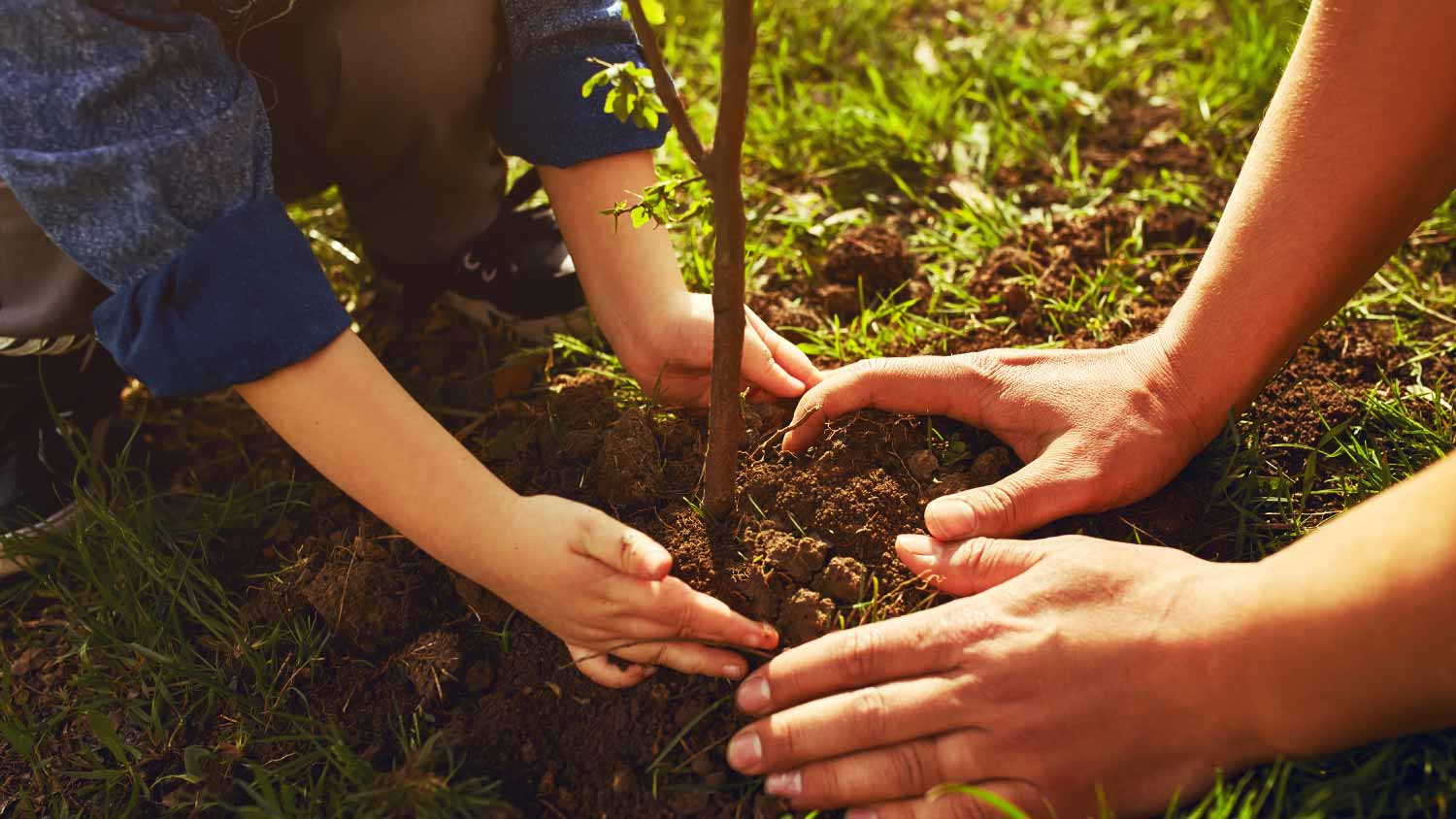
Trimming your bushes is one of the less costly aspects of landscaping, and it’s helpful to bundle many trimming services together to save money.
Marred bark doesn’t have to mean the end of your tree


The stately oak tree in the front of your home boasts curb appeal, provides shade during summer months, and offers a place to hang your favorite swing. Because of these benefits, it’s worth learning how to repair a damaged tree trunk after a run-in with a lawnmower or tennis racket. Luckily, learning how to save a tree with damaged bark is fairly easy and can extend your tree’s life for many years to come.
If tree bark damage affects less than 25% of the tree, it has a strong chance of recovery; between 25% and 50%, survival is possible, but the tree may be weaker with a less full canopy. Damage over 50% greatly reduces the tree’s survival odds, though a professional may attempt bridge grafting to help restore it.
If your tree has only been mildly damaged, you can take some measures to help the tree seal the area, preventing the spread of any tree fungi, bacteria, or other harmful invaders. However, saving a dying tree is not always possible, so you should rely on a local tree maintenance professional’s opinion on its chances of reviving.

By tidying up the area where the wound occurred, you can reduce the number of jagged edges, which can hinder the tree’s ability to create a layer of new, calloused tissue.
Put on protective gloves and manually peel away the damaged or loose bark.
Using a clean chisel and a hammer, carefully cut a clean edge around the wound.
Chip away the pieces of bark around the tree wound. Be careful not to create further damage by cutting any deeper.
Do not cut any sharp corners; try to cut a round shape. This method will help the wound heal faster.
To give your tree an extra dose of nutrients and promote its overall health, fertilize it after any injury.
Choose the best fertilizer based on an NPK value (nitrogen, phosphorus, potassium). Each tree will have different needs; some need more nitrogen, and others more potassium. Some fertilizers are specially labeled for certain species of trees, such as pines. Do your research before buying.
Determine the root zone by multiplying the distance from the trunk to the end of the longest branch, and multiplying that number by itself and then by 3.14. This will determine the root spread and how much fertilizer you need—you should plan on 2–4 pounds of fertilizer for every 1,000 square feet of root spread.
Apply the fertilizer to the entire root zone area.
Irrigate soon after applying the fertilizer to wash any fertilizer from the leaves and help the nutrients penetrate through the soil.
More severe tree trunk damage likely requires cabling and bracing in order to save it. This method is best used on trees with weak trunks or those susceptible to further damage from high winds.
Hire a tree maintenance specialist to install stabilizing cables and brackets into the tree.
The tree specialist will tie and tighten the cables and brackets accordingly to ensure they are snug.
Keep the cable and bracket system in place to maintain the tree’s stability.
After thoroughly cleaning the tree’s wound and removing any loose bark around it, dress the area using these steps:
Smooth the edges of the wound using a sharp knife, being careful not to cut away any undamaged sections.
Add a tree wound sealer, which is a product that protects the area from infection or significant moisture loss.
Carefully wrap the wound in a breathable fabric, such as burlap, but not tape or plastic.
Monitor the wound over the next few weeks for signs of healing. If conditions don’t improve, consider hiring an arborist.

Unless a tree is only mildly damaged, you’ll want to call in a professional tree maintenance specialist to assess the injury and determine if a bridge graft is needed. A tree maintenance expert can evaluate the extent of the damage, recommend the best solution, and implement it right away. Some solutions, such as adding a brace and cable system, must be installed by professionals to ensure they’re implemented correctly.
Expect to spend between $250 to $2,500 to hire a local tree maintenance specialist. Some tree specialists may charge a consultation fee, but may waive that fee if you hire them. If you prefer to try DIYing the tree trunk repair, you’ll need to purchase supplies such as a hammer, chisel, and fertilizer. While the cost of these materials is typically less expensive than hiring a professional, it doesn’t guarantee lasting or accurate results.
Tree bark damage may be tricky to spot unless you know what to look for. If you inspect your trees and find warning signs of damage to your tree, hire a tree specialist who can evaluate the best course of action to save or remove the tree. Check your trees regularly for the following signs of bark damage:
Missing bark
Decaying bark
Holes in the bark
Cracked or split wood

Bark can be damaged by so many things, both natural and unnatural. Even so, there are some preventative measures you can take to avoid the worst.
If you live in an area with sneaky underground critters like gophers and rabbits, wrap your tree’s trunks with wire mesh.
Prevent nicks and scrapes from lawn equipment by planting ground-cover plants or placing mulch around the base of the tree in lieu of grass.
Noticing several holes in your tree’s bark? If woodpeckers are a concern, place bird netting around the tree.
Make sure to plant new trees in places where they will have enough room to grow properly without getting in the way of cars.

A tree’s bark is like its skin, providing a much-needed barrier from all sorts of hazards, such as extreme weather or other sorts of physical damage. The bark holds some of the tree’s connective tissue, which helps bring food and water to the tree and helps it to thrive. In addition, the bark prevents insects and diseases—including bacteria and fungi—from penetrating the tree, which can cause it to decay, ultimately weakening and killing the tree.
When a tree is wounded, the injury does not heal exactly as before. Instead, trees seal off the damaged area by forming a callus-like tissue around the wound's edges. New wood grows around the wound, creating a protective layer to prevent pests and diseases from getting into the newly formed tissue.
From average costs to expert advice, get all the answers you need to get your job done.

Trimming your bushes is one of the less costly aspects of landscaping, and it’s helpful to bundle many trimming services together to save money.

Discover the average tree maintenance cost, key price factors, and tips to save. Get expert insights to plan your tree care budget with confidence.
Get transparent shrub removal cost info. Learn average prices, key cost factors, and tips to save on your next shrub removal project.

Know what signs to look out for to identify and treat palm tree diseases with our expert guide to the signs, symptoms, and prevention of palm tree diseases.

Don’t get ripped off when hiring a professional tree service to remove trees. Make sure you watch for these scams that occur much too often.

Wondering who to hire to plant trees? Learn everything you need to know about the hiring process for professional tree planting in this informative guide.